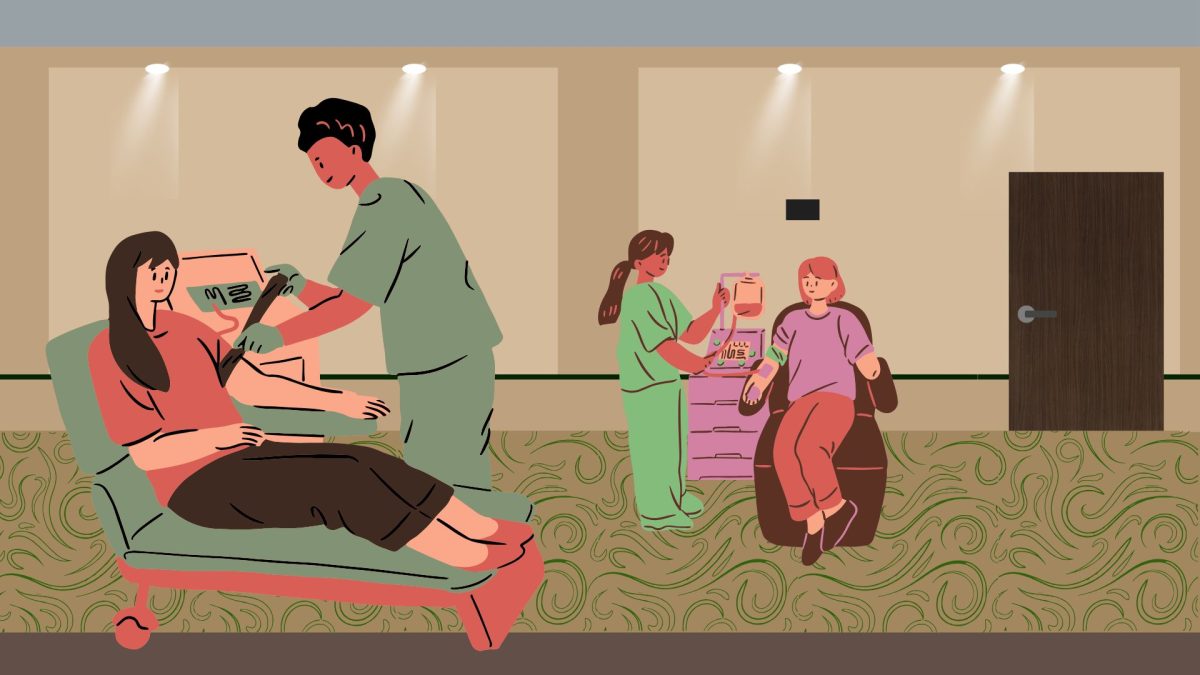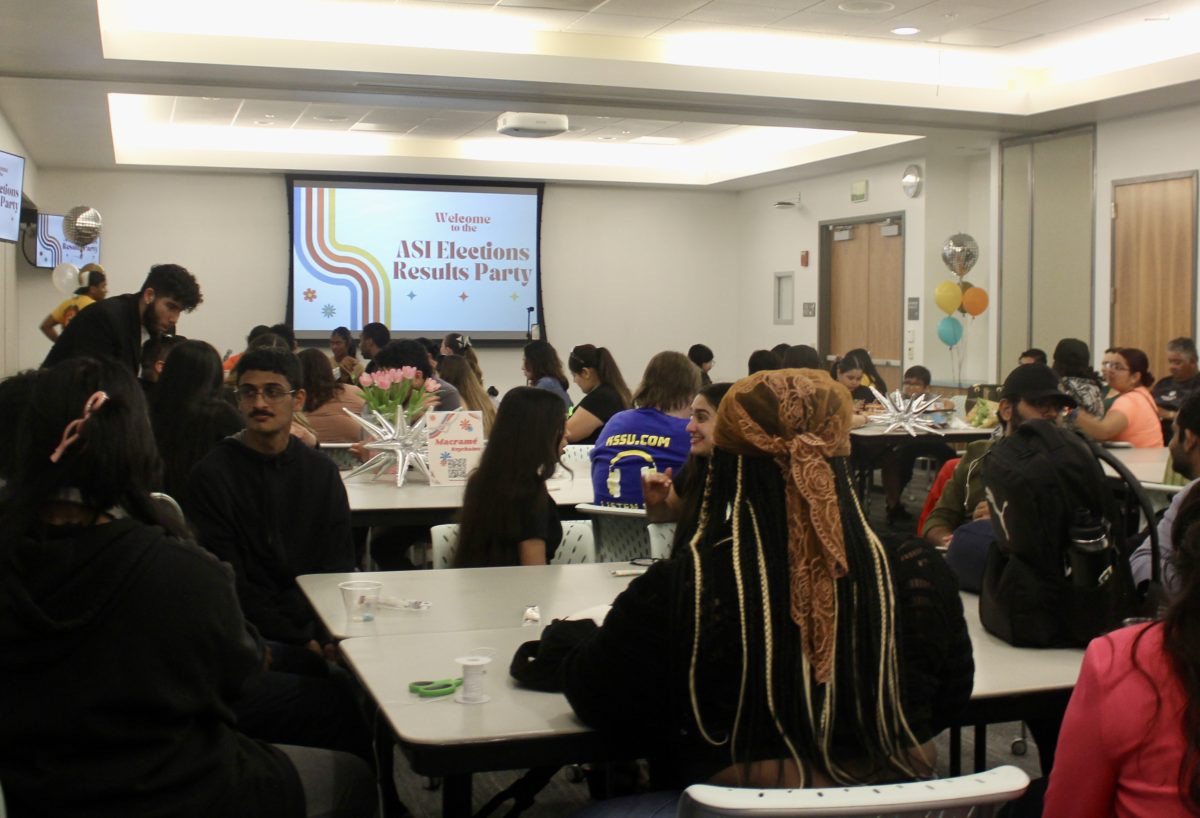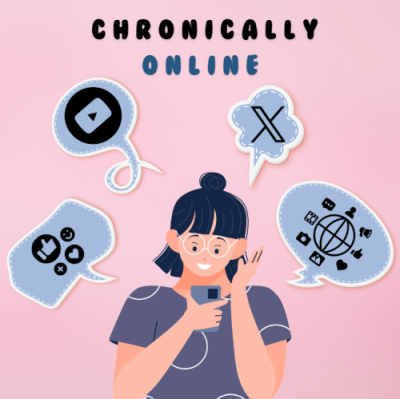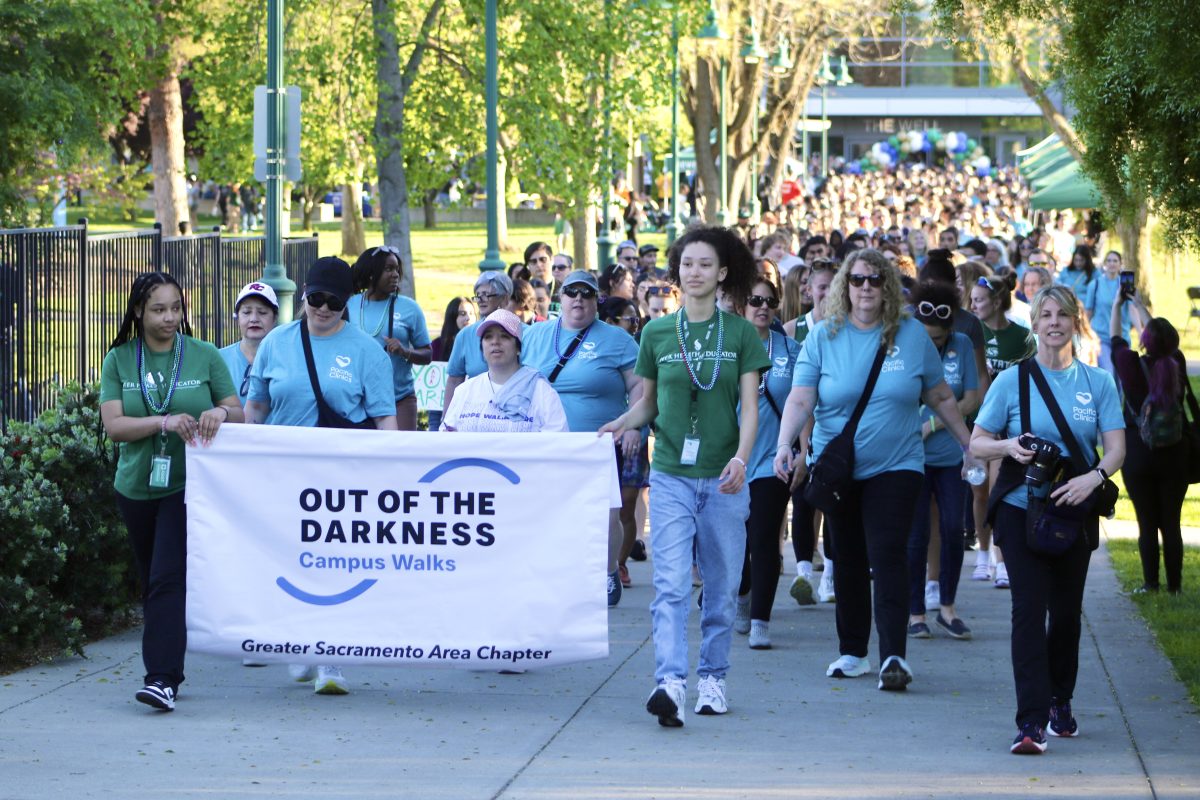TV may trigger autism, according to Cornell U. professor
October 27, 2006
(ITHACA, N.Y.) – Professor Mike Waldman, an economics professor at the Cornell University Johnson School of Management, likes to work on puzzles. So when he noticed an increasing number of articles reporting a rise in autism rates, he set out to discover a possible cause of the neurological condition and discovered an unlikely suspect: Television.
Waldman, along with Professor Sean Nicholson, policy analysis and management, and Professor Nodir Adilov, economics, Indiana-Purdue University, co-authored a research paper showing that early childhood television viewing could be one of the environmental triggers for the onset of autism.
Thirty years ago, it was thought that just one in 2,500 children had autism. Today, the rates have spiked dramatically. According to the Centers for Disease Control and Prevention, about 1 in 170 children born in the U.S are autistic.
While the cause of autism is unknown, the likely suspects are childhood vaccines, environmental toxins and genetics. Waldman called it “baffling” that doctors hadn’t yet considered the correlation between autism and TV, already thought to be a factor in ADHD. The lack of research on the subject did little to stop Waldman and Nicholson, who examined the connection between autism rates and two factors that increase the amount of TV that young children watch — precipitation and cable subscriptions.
The study found that school-age children who live in California, Oregon and Washington — states that receive large amounts of rain and snow — were most likely to be diagnosed with autism. It also found that children from California and Pennsylvania who grew up during the 1970s and 1980s — a period of high cable subscription rates — were also more likely to be diagnosed as autistic.
Not surprisingly, the study immediately drew a rush of media coverage and controversy. TIME magazine, in Claudia Wallis’ “Does Watching TV Cause Autism?” called the study a “strange piece of statistical derring-do,” adding that, “it’s hard to say just what these correlations measure.” Others have pointed out other factors that may result in a correlation between TV watching and autism rates — indoor air quality, an increasing number of pediatricians in counties with more cable access and environmental toxins in areas with heavy precipitation.
Both Nicholson and Waldman admit that that reception of their study has been “mixed,” with Waldman calling the TIME piece “not complimentary,” but neither feel daunted by the lukewarm response — or by the outcry from parents of autistic children, who have called the study “a water-cooler joke” that went too far and the product of “reckless research.”
“Parents shouldn’t be deciding the direction of research,” Waldman said. “Medical professionals should be researching this possibility without writing it off.”
Nicholson agreed, adding that “if we are correct … [parents] may feel some guilt,” referring to the past belief that autism was a result of bad parenting, or “refrigerator mothers” who were distant with their children.
“Economists are more receptive,” Nicholson said, “and find it generally plausible. If [parents] don’t believe it, they don’t have to listen, but it’s better to put our information out there and let parents respond to it.”
And not all of those responding to the study are critics — one developmental-behavioral pediatrician (who chose to remain anonymous) supports the study, calling it “exactly on target.” Citing television’s interference with “the development of ‘live’ auditory, visual, and social experience,” the pediatrician added that the criticisms of the study were not surprising “since TV is one of the most powerful and pervasive elements in American society.” After asking autistic patients about TV watching habits, the pediatrician said, “[I] was intrigued and disturbed to hear that the majority of them watched videos made for babies for many hours since birth.”
For their part, the two economics professors plan to continue their research. They have been invited to submit their study to a medical journal and are working to assemble a team to test the study directly. Their goal, both professors agree, is to get medical professionals interested in exploring the link they have found.
“Someone [in the medical field] should look at it,” Waldman said.




























































































































